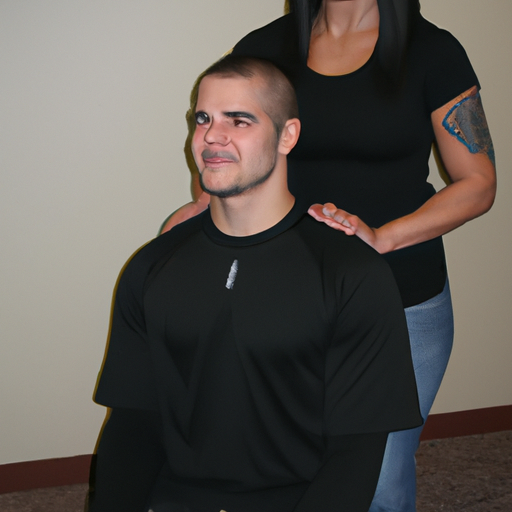
Playing the violin is a beautiful and intricate art form that requires skill and precision. One of the most important aspects of playing the violin is having a correct bow hold. Proper bow holding technique not only improves sound quality but also prevents injury and allows for more advanced techniques to be learned. In this article, we will explore the importance of correct bow holding for novice violinists and provide tips and exercises to improve bow holding.

Before we delve into the specifics of bow holding, it is crucial to understand the anatomy of the bow. The bow consists of the stick, the frog, and the hair. The stick is made of wood or carbon fiber and is the main part that the player holds. The frog is the rounded end of the bow that houses the tightening and loosening mechanisms. The hair is the part of the bow that comes into contact with the strings.

When it comes to bow holding, proper hand position is essential for control and flexibility. To achieve the correct hand position, start by extending your hand with your palm facing up. Place the stick of the bow on your palm so that the frog is at the base of your index finger. Curl your fingers around the stick, allowing the weight of the bow to rest on your thumb and index finger. Your pinky finger should naturally rest on the top of the stick for balance.
The thumb plays a crucial role in bow holding as it provides stability and control. To achieve the correct thumb placement, rest the pad of your thumb on the stick of the bow, opposite your fingers. The thumb should be slightly bent and positioned towards the frog. Avoid gripping the bow too tightly with your thumb, as this can restrict movement and cause tension in your hand.
The placement of your fingers on the bow is equally important for achieving a proper bow hold. Your index, middle, and ring fingers should be curved and placed on top of the stick. The pinky finger, as mentioned earlier, should naturally rest on the top of the stick. The fingers should be relaxed and flexible, allowing for fluid movement and control of the bow.
Once you have achieved the correct hand and finger positions, it is essential to find the right balance and pressure for bowing. The bow should be balanced evenly between the tip and the frog, with the hair touching the strings at a right angle. Apply a moderate amount of pressure to create a clear and resonant sound. Avoid pressing too hard, as this can result in a harsh and unpleasant tone.
There are several common mistakes that novice violinists make while bowing. One of the most common mistakes is gripping the bow too tightly, which restricts movement and causes tension in the hand. Another mistake is collapsing the wrist, which limits control and flexibility. Additionally, using excessive pressure or uneven bowing can result in an inconsistent tone. It is important to be aware of these mistakes and correct them early on to develop good habits.
Developing a steady bowing technique is crucial for producing a consistent and beautiful sound. Here are some tips to help you develop a steady bowing technique:
Regular practice is essential for improving bow holding technique. Here are some exercises you can incorporate into your practice routine:
Mastering correct bow holding technique is essential for novice violinists. It improves sound quality, prevents injury, and allows for more advanced techniques to be learned. By understanding the anatomy of the bow, achieving proper hand and finger positions, finding the right balance and pressure, and avoiding common mistakes, violinists can develop a steady bowing technique and enhance their overall playing abilities. Regular practice and incorporating specific exercises will further improve bow holding skills. With time and dedication, mastering correct bow holding will contribute to a rewarding and successful violin journey.
Source